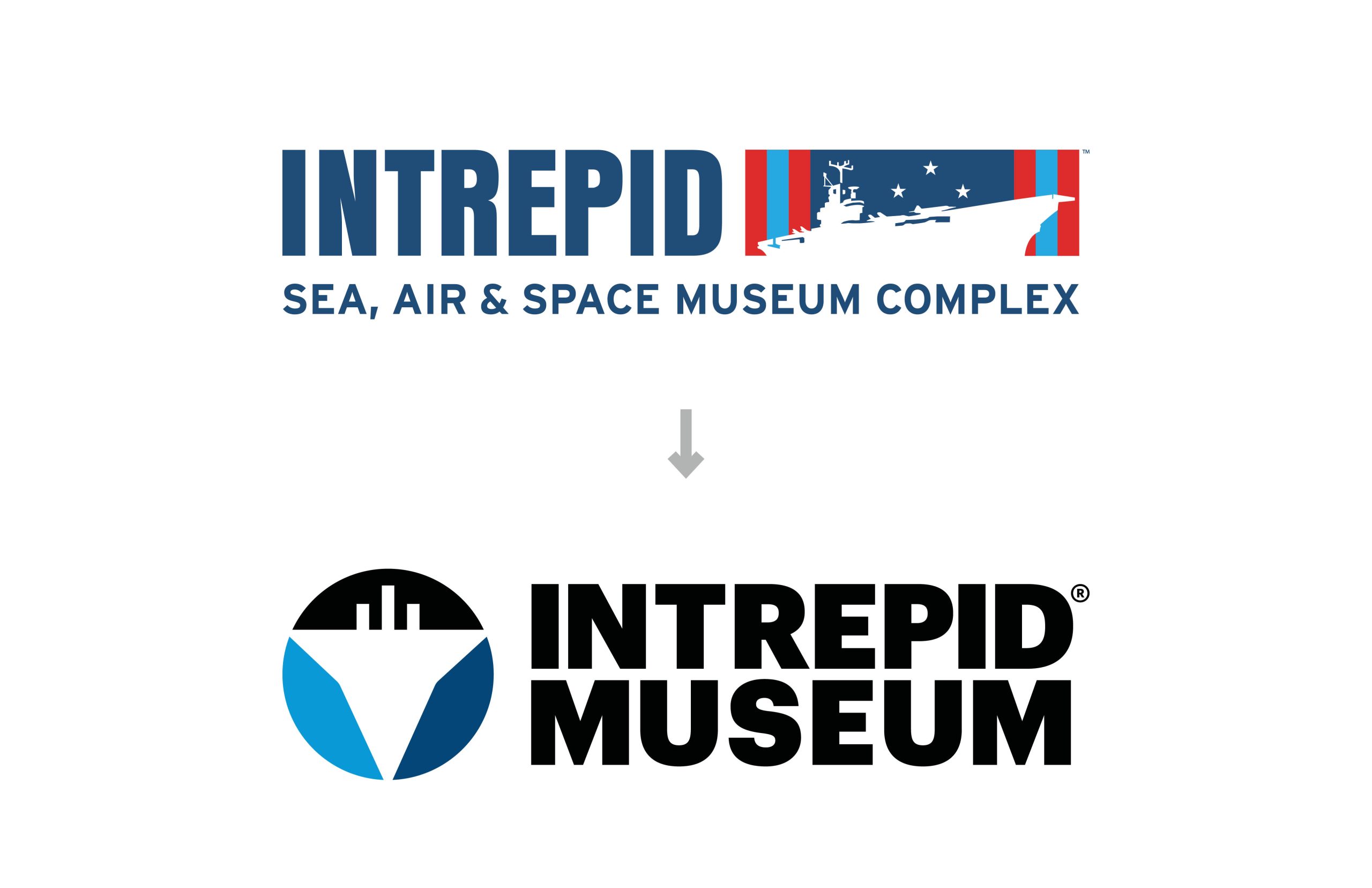Brand Pyramid
Organizational alignment begins with the Core Values, which are baked into Tronvig’s version of the Brand Pyramid. Extending the work of selection or refinement is definition and framing so they can be easily understood and used by anyone at any level of the organization.
Learn MoreOrganizational Alignment
Organizational alignment can be thought of as the internal execution of a brand. It ensures that the brand promise is not an empty one but instead something that is expressed in the decisions and behaviors of all the organization’s employees. A culture supported by a small set of genuine and clearly defined Core Values can affect organization-wide behaviors and facilitate attracting the right people, reject the wrong ones, and help frame and adjudicate conflicts that inevitably arise within an organization, leading to a genuine commitment to important decisions and greater organizational performance. Alignment is what ensures your brand is a 360 brand.
Learn MoreOrganizational alignment is about empowering employees to make decisions.
Peter Drucker noted that among his many contributions to the practice of management, an idea he felt most strongly about was that employees must be empowered to make decisions. He envisioned organizations in which leaders catalyzed a community of knowledge workers that did not just follow orders from above but were instead motivated by a shared sense of purpose and commitment.
Drucker advocated that organizations of all kinds (for-profit and nonprofit alike) make sure that all of their knowledge workers think and act as executives. For him, this simply means that they enjoy operational autonomy and decision-making authority within the scope of their responsibility. Distributing this kind of agency widely across an organization can unleash an organization’s capacity to perform while simultaneously giving motivation and meaning to all those whose contributions yield that performance.
A key component of alignment is translating an organization’s core values into behaviors and decisions on the part of every member of the organization. This translation takes effort and continuous reinforcement.
How is organizational alignment related to branding?
The impact of a successful alignment process is multifold. Above all, in the context of our 360 brand process, it has the capacity to unify the brand experience and enhance an organization’s ability to deliver on its brand promise.
Organizational alignment can be thought of as the internal execution of a brand. If the alignment process is explicitly connected to the brand, which we believe it should be, then it ensures that the brand promise is not an empty one but instead something that is expressed in the decisions and behaviors of all organizational employees. This is key in making the brand promise not just a tool of the marketing department but actually something that a customer feels from their interactions with the organization.
How does values-based alignment support intrinsic motivation?
Autonomy is a crucial part of intrinsic motivation. Done well, alignment supports autonomy by empowering everyone in the organization to make the right decisions on their own. Having a shared values framework that is codified through the alignment process makes this possible. It also provides a context for discussion and healthy debate that is above roles or relative levels of authority within the organization.
The values act as a “constitution” by which everyone can evaluate decisions. Everyone can and should question a practice or directive if they feel it conflicts with the stated values of the organization. The freedom to act on principle, to feel confident speaking up and making decisions, is intrinsically motivating for people and it can unlock previously untapped creative and human potential.
Why is this game-changing?
Re-thinking cultural fit around a values framework can improve both diversity and equity in an organization’s workforce. “The language of ‘fit’ often serves as a justification for homogeneity,” Nicole Ivy writes in a recent issue of Museum (from the American Alliance of Museums). That means biases towards people of certain backgrounds in hiring, retention, and partnerships. Re-thinking fit can also empower people to participate more actively in the daily life of the organization. In a recent alignment process with one of our museum clients, it emerged that the security guards connected deeply with the values of the institution. Given their frontline proximity to visitors, they felt they had much more to offer than they were asked to. Today, they are included in the briefs for upcoming exhibitions and empowered to play a more active role in the exhibition space.
If you take Peter Drucker’s definition of an “executive” as someone whose role depends on making his or her own decisions, alignment equips all members of an organization with the guidance they need to operate as effective executives at all times and in every situation.
This is a big deal and it is not easy to achieve. Done right, however, it can be very powerful. One of our clients who recently went through the process with us had this to say about the effects:
“I want you to know that it happened just as you predicted. The culture and value system became so strong and desired by the majority of the senior leadership that an immune response reaction occurred; the obvious foreign entity was rejected in the end. What you do is powerful stuff.”




